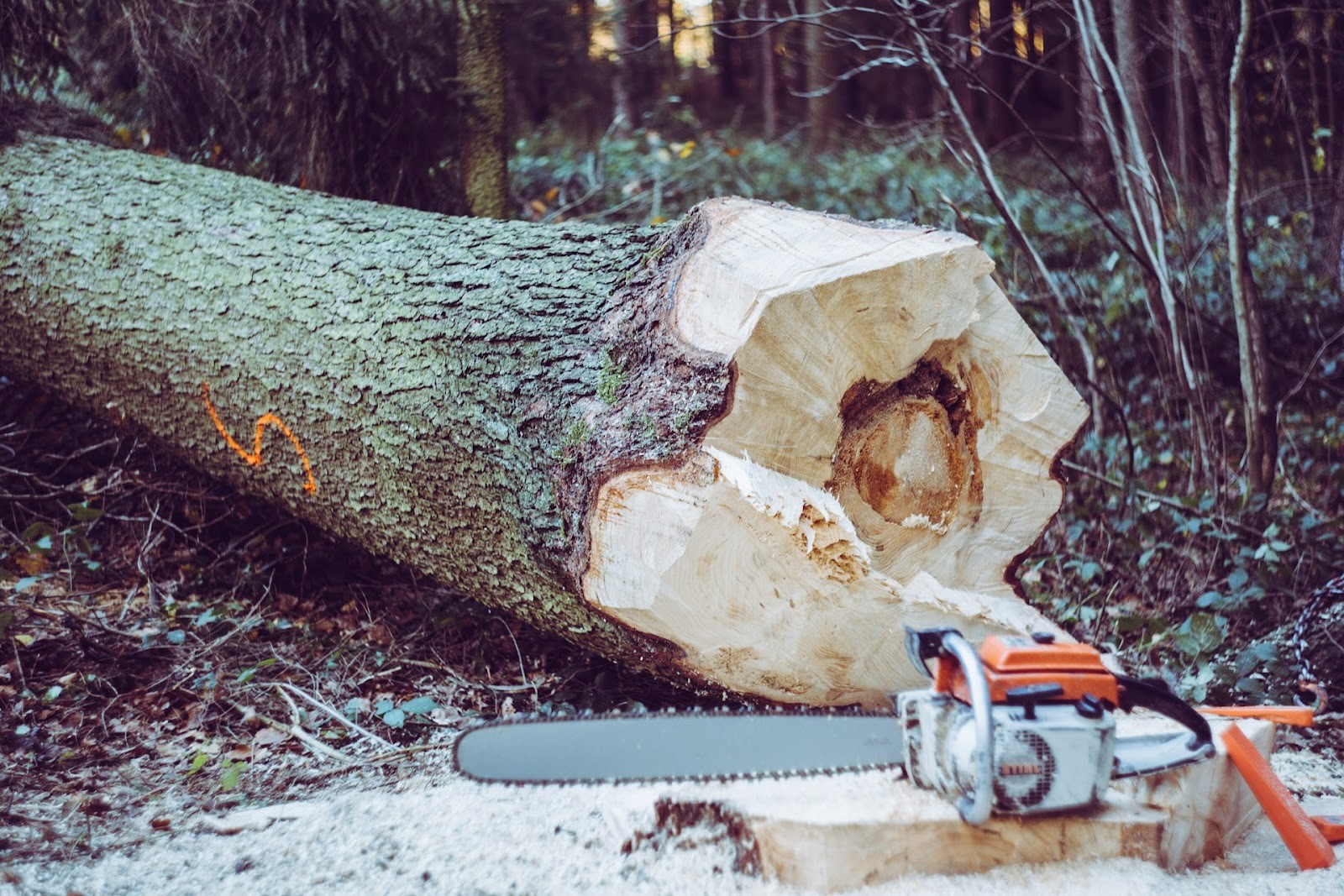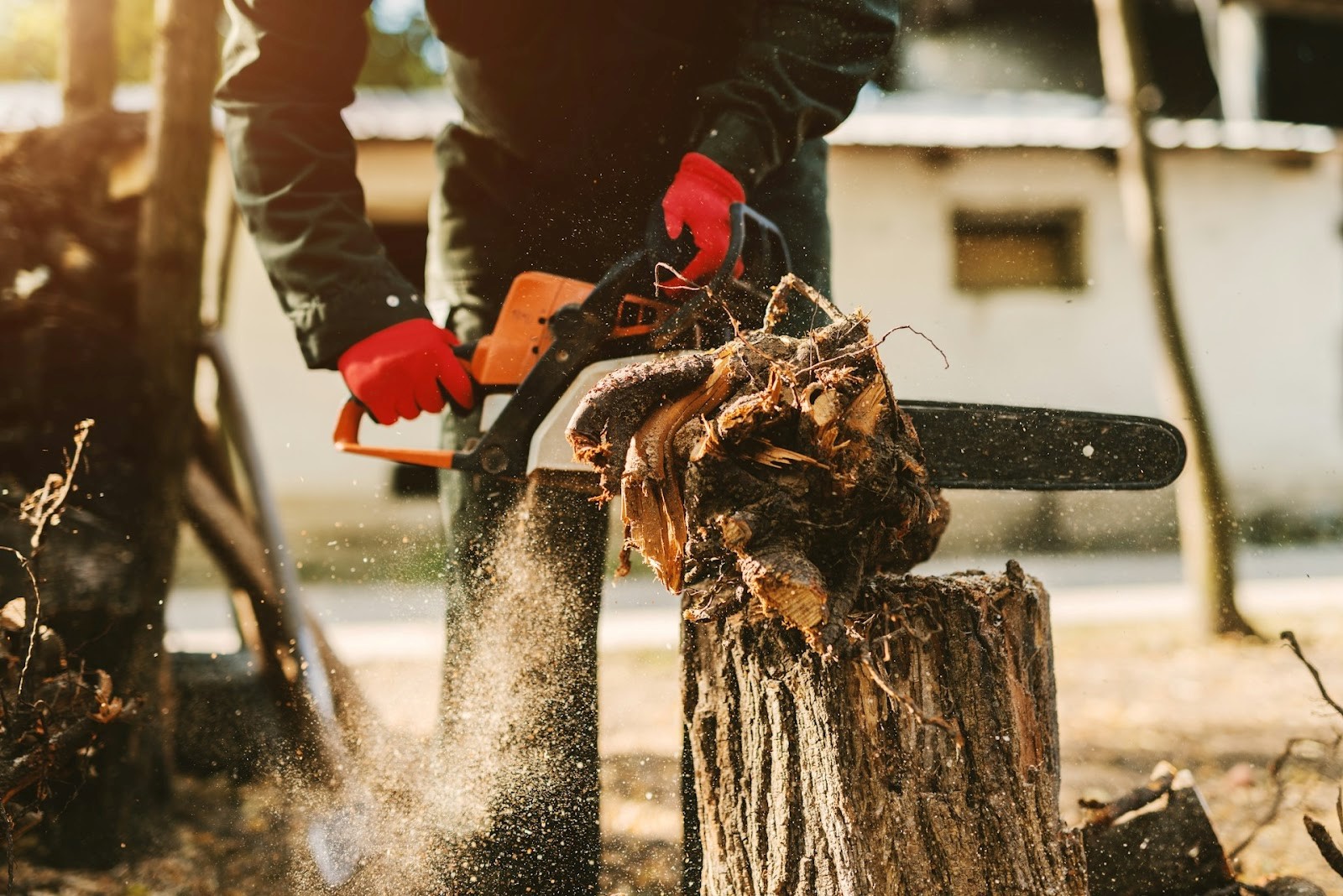TLDR:
– Understanding tree removal laws in North Carolina helps you avoid fines and legal trouble.
– Getting proper permits is essential, especially in urban areas with stricter rules.
– Concord Tree Co. ensures compliance with all local regulations, keeping your property safe and legal.
Knowing the legal requirements for tree removal in North Carolina state is more significant than it may seem. Failing these regulations may bring about serious repercussions, such as fines or even legal repercussions. Knowing the rules also reduces your exposure to these risks and ensures that you are on the right side of society and the environment.
Think about it this way: Would you like to incur unplanned expenses or legal issues simply because you failed to acquire an appropriate permit? Probably not. That is why professional services such as Concord Tree Co. come in handy in this line of work. They assist in avoiding unlawful pitfalls and ensure that all procedures are legal throughout the process.
Thus, if you are a homeowner required to cut out several trees from your compound or a person in charge of a big compound with several trees, it is advisable to get acquainted with these laws. Now, let’s get started and find out why this is important and how you can avoid breaking the law.
Understanding North Carolina’s Tree Removal Regulations
Key Regulations and Requirements
North Carolina has certain ordinances concerning tree removal, especially with regard to species that fall under certain categories or where the trees are situated. Special permits are normally issued in cases where a person wants to cut down trees in public areas or where trees are large, old, or have any historic value. Before any tree is removed from a homeowner’s property, he or she must consult the local municipality to find out whether a permit is required. Failure to do so attracts penalties or legal consequences.
Protected Tree Species in North Carolina:
- Longleaf Pine
- Bald Cypress
- Live Oak
- Southern Magnolia
- American Beech
- Eastern Hemlock
Also, several HOAs have their own policies on trees and tree removal that are even stricter than the laws set by the local authorities. These are some of the guidelines that have been set, and it is important to revise them to enforce them.
Legal Considerations and Penalties
North Carolina local laws affecting tree removal go beyond acquiring the appropriate permits for its execution. The property owners also have to bear in mind the possibility of causing some harm to the environment and any endangered species or other protected animals, thereby incurring further legal risks. In some instances, this is unlawful. Other than leading to the required penalties such as a fine, tree replacement or any other penalty, no tree can be removed without following the legal procedures.
In addition, the penalties for the violation of tree removal laws are are supposed to be put into consideration because the punishments differ based on the level of the offense. Some of the municipalities may allow repeat offenders to be charged higher fines or take legal action against them which is the reason why one has to ensure they follow the state and municipal laws to the letter before engaging in any tree removal exercise.
Special Considerations for Tree Removal in North Carolina

Overview of Local Ordinances
North Carolina laws on tree removal vary significantly across different municipalities. Local ordinances may include specific regulations on the preservation of urban forests, the removal of hazardous trees, and the protection of large or historic trees. Understanding these local rules ensures homeowners stay compliant and avoid costly penalties when removing trees from both public and private property.
Common Requirements in Local Ordinances:
- Permit requirements for removing large or heritage trees
- Specific guidelines for trimming near public utility lines
- Restrictions on tree removal in designated conservation areas
- Required replanting or restoration after tree removal
- Seasonal restrictions to protect wildlife habitats
- Mandatory inspections before and after tree removal
Tree Removal on Public vs. Private Land
As far as tree removal is concerned, the place of the trees, either on public or private land, has a bearing on the process. In this case, for trees that grow on public land, including parks or along city streets, the homeowner requires permission from the local government authorities before they can remove the trees. This usually requires a more vigorous assessment process and tends to take longer.
It was found that for trees located on private property, homeowners are in a better position to make decisions, but they are not out of the jurisdiction of local ordinances. One should also know that even when the property is owned, there can be some trees that are specifically guarded, and to remove them, one needs to have a permit. Failing to observe these regulations attracts fines or enforced planting of trees; hence, there is a need to observe these differences keenly.
Tree Removal Penalties and How to Stay Compliant
Potential Penalties for Non-Compliance Tree Removal
Despite the fact that North Carolina has strict laws concerning tree removal, the following provisions are critical. Penalties may vary, starting from a few hundred to thousands of dollars, depending on the violation and the value of the tree cut down. However, there are other costs the homeowner might incur, which include having to replace trees of similar or better value lost in the storm. Legal issues, such as legal suits by neighbours or local authorities, can also occur, making the situation worse. If the situation is particularly bad, especially if an endangered species is involved, then criminal charges could be brought.
- Fines for unauthorized tree removal
- Legal action from local authorities or HOAs
- Requirement to replace or replant trees
- Possible criminal charges in severe cases
Ensuring Compliance with Local Regulations
We understand that navigating tree removal laws can be a hassle. That’s why choosing us to provide the best tree removal services in North Carolina is a great decision. Our team is well-versed in the local regulations and ensures that every tree removal is carried out safely and legally. By entrusting us with your tree care, you’re not just getting a service; you’re gaining peace of mind knowing that everything is handled according to the highest standards. Contact us today to learn more about how we can assist you.
You will benefit from our services because you will not incur the consequences of wrong tree removal. Feel free to contact us today to learn how we can help with your tree removal service.
Wrapping Up Tree Removal in North Carolina
While it is not very easy to comprehend the tree removal laws in North Carolina, it is very important to learn the laws to avoid incurring the wrath of the law while managing our properties. Some of the reasons why staying with the rules is necessary include getting the required permits, meeting the legal requirements regarding the local ordinances, and protecting certain tree species. Adhering to the rules ensures that the state’s natural beauty is preserved and that one is not a lawbreaker.
Partnering with Concord Tree Service simplifies this process, providing peace of mind that all legal requirements are met. We take care of every detail so you can focus on enjoying your outdoor space without the risk of costly fines or legal issues. Contact us today to get started.

